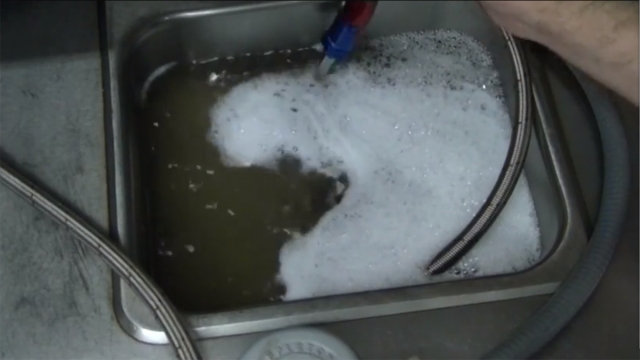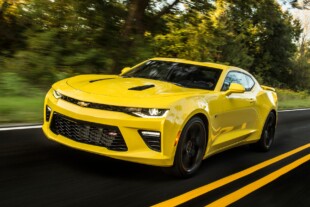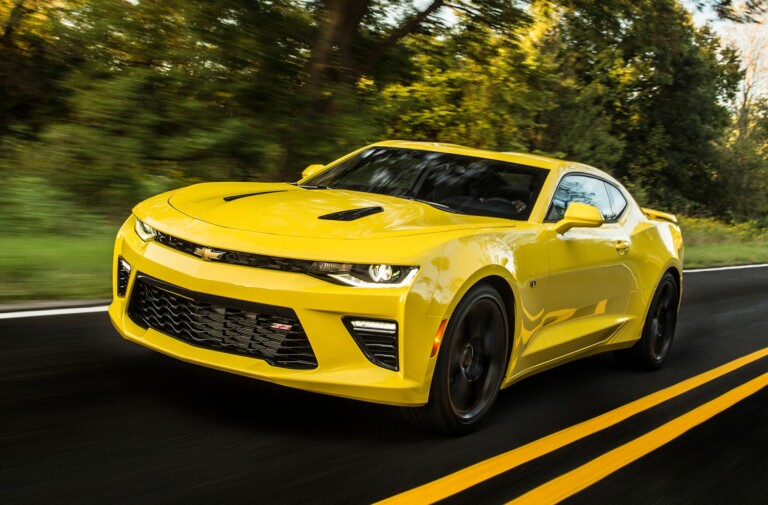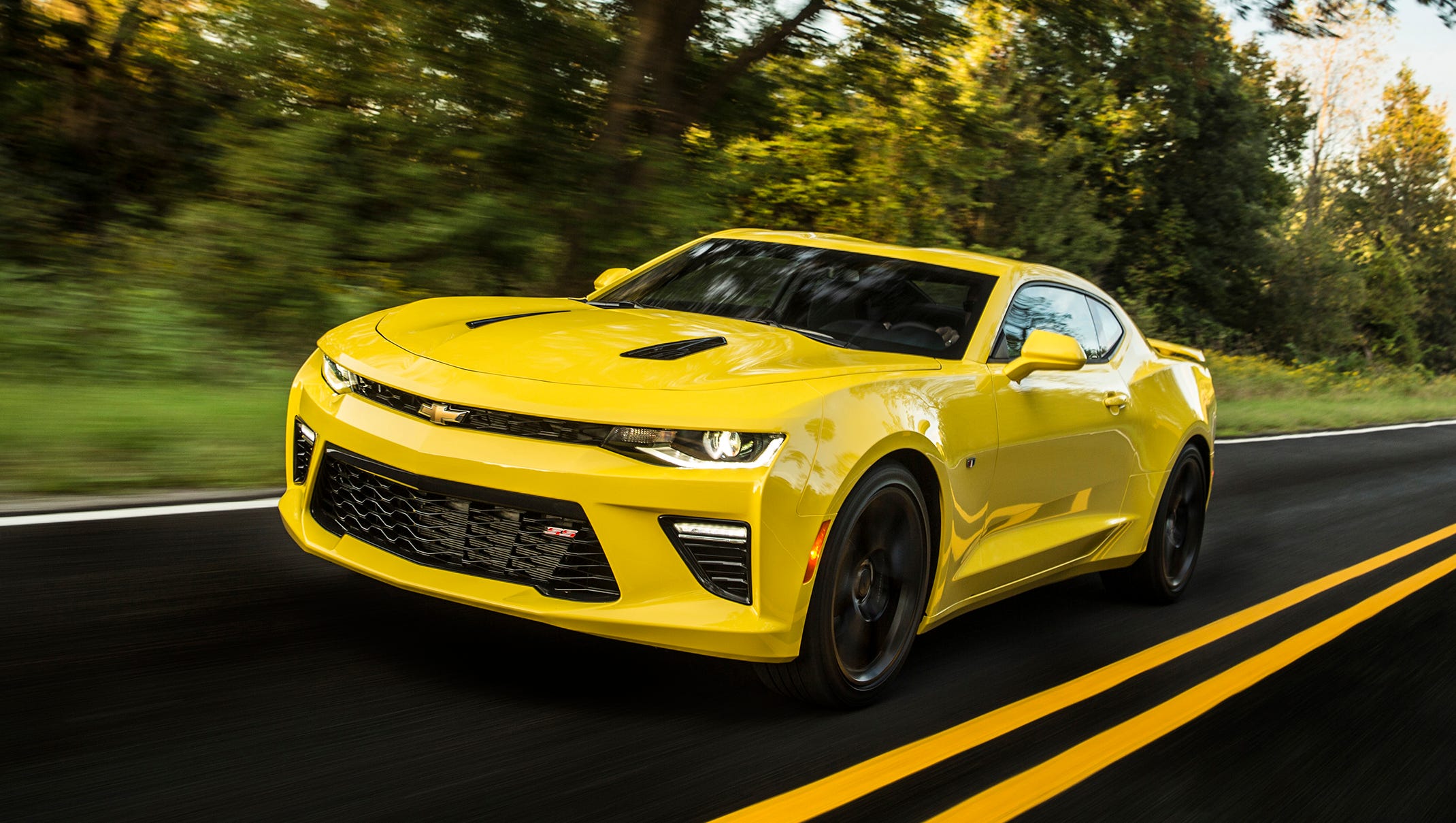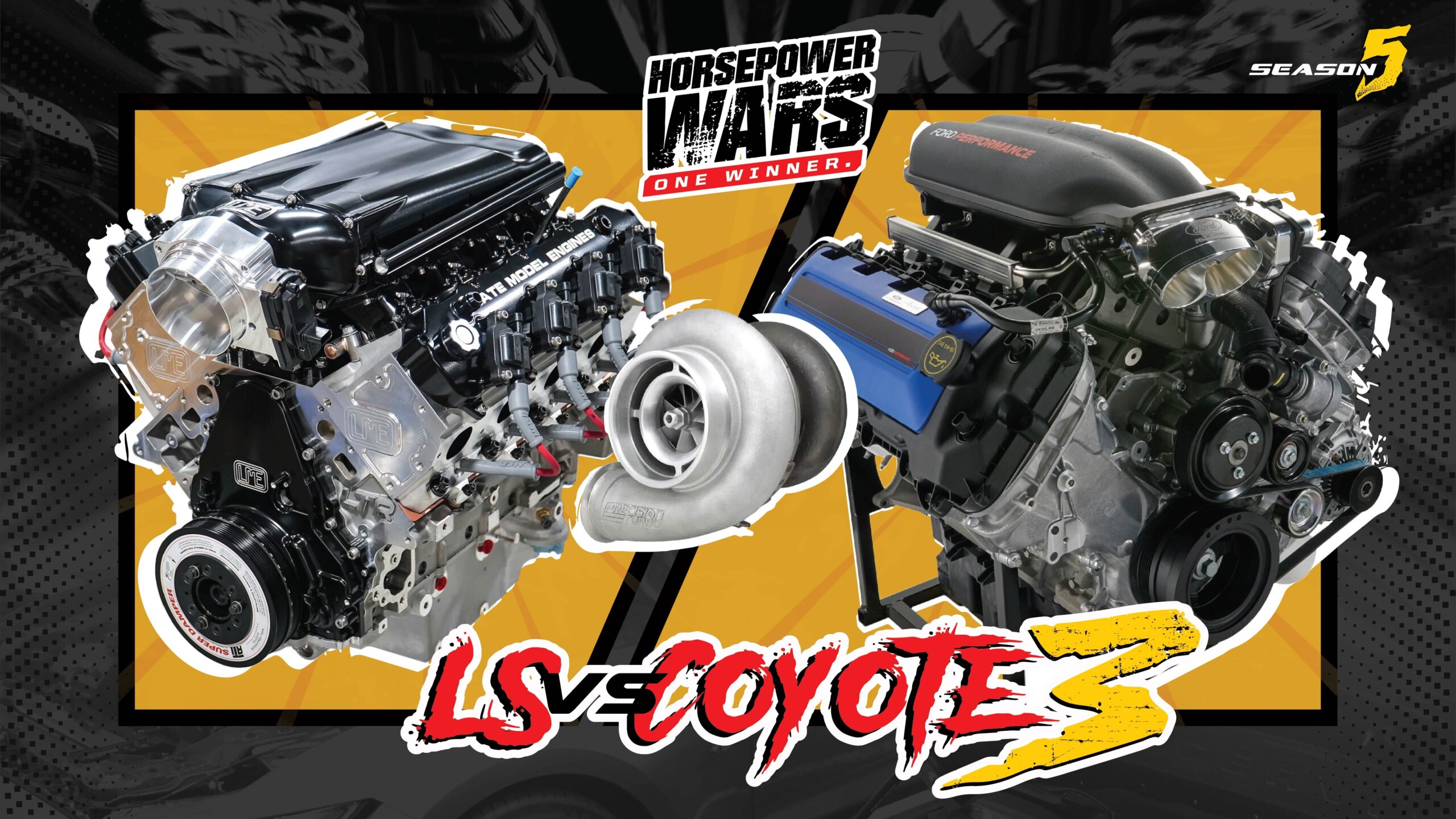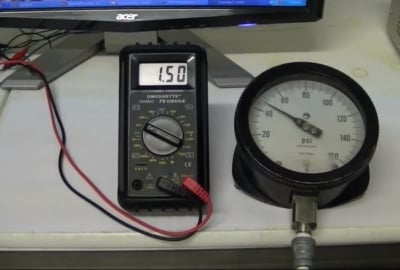 When constructing a fuel system, there are certain things that need to be taken into account – pump placement, fuel feed and return hose sizing, and in particular, the subject of this video. Okay, we admit it – before we watched it we had no idea either. Apparently return line placement matters, and it matters a whole lot, and our friends over at Fuelab take a few minutes to explain how return line plumbing should be routed.
When constructing a fuel system, there are certain things that need to be taken into account – pump placement, fuel feed and return hose sizing, and in particular, the subject of this video. Okay, we admit it – before we watched it we had no idea either. Apparently return line placement matters, and it matters a whole lot, and our friends over at Fuelab take a few minutes to explain how return line plumbing should be routed.
One of the unique things about Fuelab’s fuel pumps is that their design ensures that only the amount of fuel necessary is provided through the line; the high-efficiency sling vane positive displacement pumps use a brushless motor and have an internal speed controller that provides variable flow operation, and they also accept pulse-width modulation input for speed control. In addition, the continuous-duty motors can be adjusted for either street or strip fuel demand if necessary. In other words, no expensive pump controllers are needed.
According to the video, in order to reduce the chances of aerating the fuel in your tank, the return line should always be submerged. Interesting to note the difference in the sound of the pump during operation as the air is induced into the fuel supply – we’ve all heard pumps fluctuating like that, whether it’s at the local cruise night or at the racetrack. One thing is for sure; we learned that you always want to have your fuel return line submerged below the level of the fuel in just about any application, because who wants to be buying a new fuel pump every season or two when you don’t really need to? Watch the video and learn a little somethin’. And for more information on Fuelab’s product line, head on over to their website and have a look.



